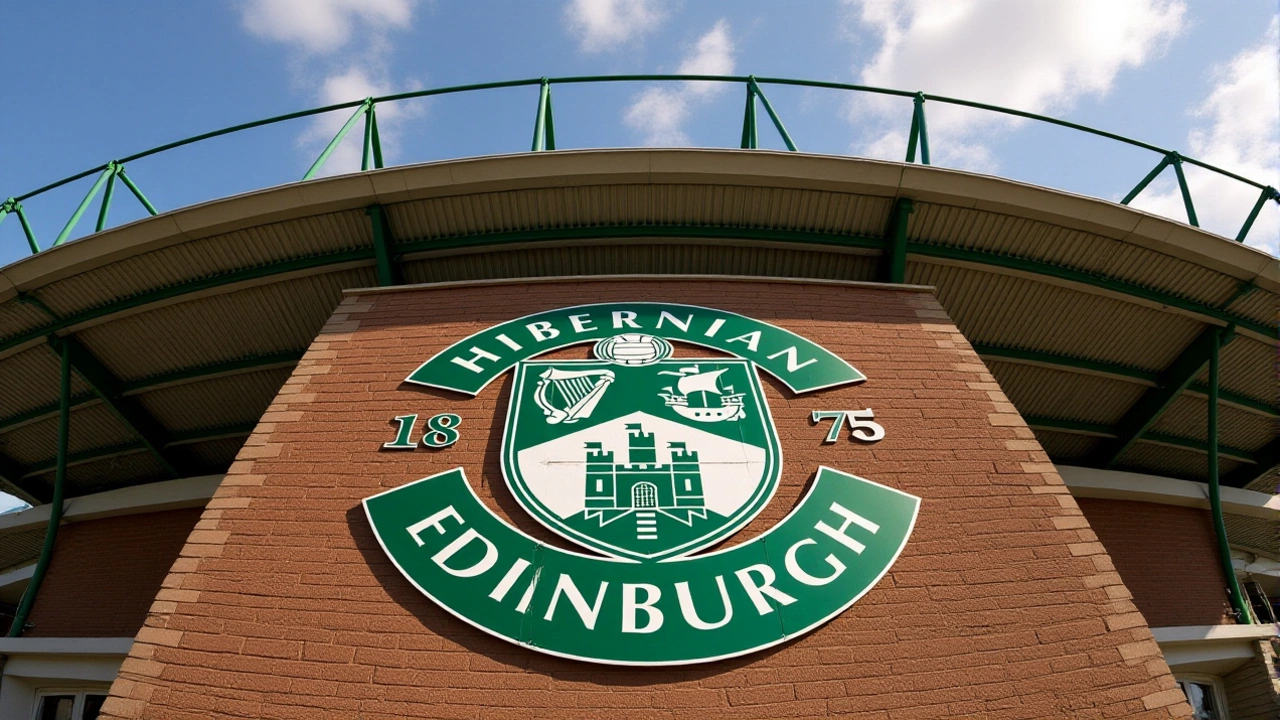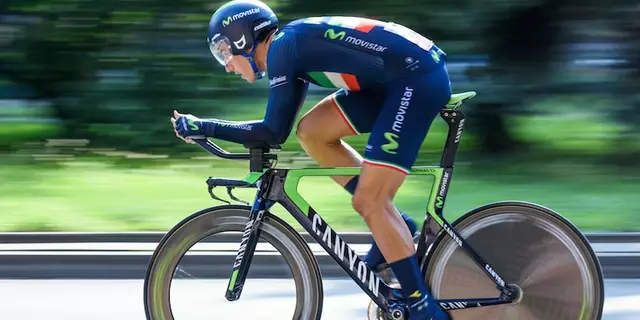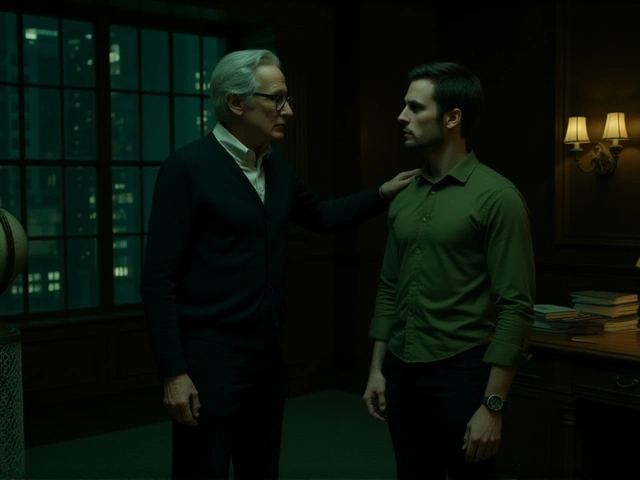Rangers Edge Hibernian 1-0 in Tactical Showdown as Rohl’s 3-5-2 Plan Gains Momentum

When Rangers Football Club secured a narrow 1-0 win over Hibernian Football Club at Easter Road Stadium on October 29, 2025, it wasn’t just three points—it was a tactical turning point. The match, played in front of 18,550 fans under Edinburgh’s autumn sky, ended with a late goal that silenced the home crowd and reignited Rangers’ faltering top-flight campaign. But what really caught the eye wasn’t the scoreline—it was the quiet revolution happening in the backline. Manager Rohl had quietly shifted from his usual 4-2-3-1 to a 3-5-2, and for the first time this season, it worked.
The Tactical Shift That Changed the Game
For most of the 2025-26 Scottish Premiership season, Rangers had looked disjointed. Their 2-6-1 record through nine matches left them in 7th place, five points behind leaders Celtic and clinging to European qualification hopes. Fans had grown restless. The midfield was overcrowded, the defense too narrow, and attacks often stalled before reaching the final third. Enter Rohl’s 3-5-2. It wasn’t a radical idea—many mid-table teams in Europe have used it successfully—but for Rangers, it was a departure from decades of 4-4-2 and 4-2-3-1 dogma.
The back three—comprising left-back Aaron Ramsey (who dropped into central defense), right-back Calvin Ramsay, and central defender Nathan Patterson—formed a compact, shielded unit. They didn’t just defend; they dictated the tempo. When Hibernian pressed with their own 3-5-2, Rangers’ wing-backs, Joe Aribo and John Lundstram, surged forward to overload the flanks. The twist? Hibernian’s manager had set up with a narrow five-man midfield, expecting to choke space. Instead, Rangers exploited the wide channels, and it was Aribo’s diagonal run in the 82nd minute that created the decisive chance.
Who Made It Happen
While the goal came from substitute Ianis Hagi—a 21-year-old attacking midfielder whose pace and vision have long made him a fan favorite—it was the structure behind him that unlocked the door. Hagi replaced Danilo Pereira at 88’, but the damage was already done. Rangers’ midfield trio of Aribo, Lundstram, and 19-year-old prospect Josh Doig controlled possession with remarkable composure, completing 89% of their passes in the final third.
Hibernian, meanwhile, looked out of rhythm. Their captain, R Bushiri, struggled to find space against Patterson’s intelligent positioning. Forward K Bowie, who had scored three goals in his last five games, was effectively neutralized by a double-marking system involving Patterson and Lundstram. Even their star midfielder J McGrath, who entered the match with three goals and one assist, was forced into long-range efforts as Rangers’ compact shape denied him the space to turn.
The Bigger Picture: Why This Win Matters
With Celtic’s managerial chaos—Martin O’Neill’s surprise return after Brendan Rodgers’ sudden resignation on October 27—Rangers couldn’t afford to slip further behind. That night, five other Premiership matches kicked off simultaneously, but this one carried the most weight. Rangers’ win lifted them to 15 points, pulling them within two of fifth-place Hearts. More importantly, it proved Rohl’s system could work under pressure.
“We didn’t change our identity,” Rohl said in the post-match press conference. “We just stopped trying to force the game. We waited. We absorbed. And when they gave us space, we took it.” His words echoed the quiet confidence of a coach who had studied the opposition for weeks. He knew Hibernian’s weaknesses: their left-back, R Barlaser, was prone to overcommitting. So Rangers targeted him relentlessly.

What the Numbers Say
The stats tell a compelling story:
- Rangers controlled 58% of possession—up from their season average of 49%
- They created 11 clear chances, compared to Hibernian’s 4
- Only 3 of Hibernian’s 14 shots were on target, while Rangers had 7 of their 9 on target
- Wing-backs Aribo and Lundstram combined for 127 passes in the final third
- Hibernian’s midfield trio of Mulligan, McGrath, and Cadden completed just 67% of their passes under pressure
These aren’t flukes. They’re the result of deliberate structure. And they suggest Rohl’s 3-5-2 isn’t a one-off—it’s a blueprint.
What’s Next for Rangers and Hibernian
Rangers’ next fixture is a home match against Aberdeen on November 2, 2025. If Rohl sticks with the 3-5-2, expect more of the same: disciplined defending, quick transitions, and wide overloads. The club’s medical team will monitor the fitness of Lundstram, who picked up a minor hamstring strain late in the match. But the morale boost is undeniable.
For Hibernian, the loss drops them to 14 points—still in the top half, but now vulnerable. Their manager, rated 27.2 by BeSoccer, has hinted at a return to a 4-3-3 next week, but the lack of midfield creativity against Rangers’ press remains a glaring issue. Without a creative pivot, their attack—led by Bowie and Klidje—will continue to stall.

The Broader Scottish Context
While Rangers and Hibernian battled in Edinburgh, Celtic were preparing for their own high-stakes match against Falkirk. Martin O’Neill’s emotional return as interim manager—captured in his heartfelt statement released the same day—added a layer of drama to the entire league. With Celtic’s title hopes hanging by a thread, Rangers’ win suddenly felt even more significant. It wasn’t just about points; it was about momentum.
As the Scottish Premiership enters its mid-season phase, the table is tightening. The gap between 1st and 6th is now just six points. Every match matters. And for the first time in months, Rangers look like they’re playing with purpose.
Frequently Asked Questions
Why did Rohl switch to a 3-5-2 formation now?
Rohl’s switch came after nine consecutive matches without a clean sheet and a growing criticism of Rangers’ midfield congestion. The 3-5-2 allowed two central midfielders to sit deeper, giving the full-backs freedom to push forward without leaving gaps. It also neutralized Hibernian’s high press by creating numerical superiority in wide areas—a tactic that had worked for teams like Brighton and Atalanta in Europe.
How does this affect Rangers’ chances of qualifying for Europe?
With the win, Rangers moved to 15 points, just two behind 5th-place Hearts and five behind 4th-place Aberdeen. A top-six finish secures Europa Conference League qualification. With five games left before the winter break, Rangers now have a realistic path—if they win at least six of their remaining 13 matches, they’re in. The 3-5-2 gives them the structure to do it.
Who are the key players in this new system?
Joe Aribo and John Lundstram are the engine room, with Aribo’s pace and Lundstram’s passing range crucial. In defense, Nathan Patterson has emerged as a revelation, combining physicality with positional intelligence. And Ianis Hagi, though he scored late, has been the spark off the bench—his ability to change tempo makes him the perfect impact sub in this system.
Is Hibernian’s 3-5-2 formation still viable?
Hibernian’s 3-5-2 worked well earlier in the season, but it exposed them against teams with pace on the wings. Rangers exploited that. Their midfielders lack the stamina to cover the flanks consistently, and their full-backs aren’t as technically sound as Rangers’ wing-backs. Without a creative No. 10 or a dominant center-back, their system looks predictable now.
Could Rohl’s tactics influence other Scottish clubs?
Absolutely. Teams like Hearts and Aberdeen have been playing narrow 4-4-2s, struggling to break down compact defenses. If Rangers continue to win with this system, expect at least three other Premiership clubs to trial a back three by December. Tactical evolution in Scotland has been slow—but this match could be the catalyst.
What’s the significance of Ianis Hagi’s goal?
Hagi’s goal—his first in the Premiership since April—wasn’t just a winner. It was validation. He’s been criticized for inconsistency, but his late run, timing, and finish showed maturity. If he can maintain this form, he could become Rangers’ primary attacking threat next season, especially with Rohl’s system giving him space to operate behind the striker.
- October 30, 2025
- Cassius Windham
- 0 Comments
- Permalink




